We all know someone who is doing their job well, hitting all their targets and building a reputation for quality work. Then, for some reason, their performance slips. Their numbers are down, they miss deadlines or they seem to lack enthusiasm. It doesn’t last just a day or two, but goes on and on. It may even cost them their job.
Most likely, that person is one of 28 million American workers, or 25 percent of the workforce, who suffer from mental illness (according to the National Institute on Mental Illness).
Despite this statistic, 71 percent of workers with mental illnesses have never sought help for their symptoms. Part of the problem, according to many who suffer from some form of mental illness, is the continued stigma surrounding the issue. Employees are reluctant to acknowledge feelings of depression or anxiety, especially to an employer, for fear of termination.
Depression is one of the most common mental health issues, costing American businesses upwards of $23 billion annually – about $12 billion in lost workdays and another $11 billion in lost productivity due to problems with concentration, memory and decision. A Rand Corp. study found those with depressive symptoms spent more days in bed than those with diabetes, arthritis and other chronic illnesses.
For employers trying to tackle the problem of mental illness and its direct and indirect costs, here are some promising solutions:
- Employee education programs. Through organizations like the Mental Health America of Middle Tennessee, a number of education and advocacy programs are available to help employers de-stigmatize mental illness and place it in its proper context.
- New therapies. While therapy and medication are still the first line of treatment, Transcranial Magnetic Stimulation, or TMS, is a promising treatment for chronic. Approved by the FDA in 2008, the procedure uses magnetic pulses to stimulate nerve cells in the brain to improve symptoms of depression. Tennessee was one of the first states to approve the treatment for Medicare reimbursement last year.
- Advances in health care information technology. To manage the health of a workforce requires identifying those individuals who need help the most, find the best treatments available and develop individual care plans for those within the group. Consistent with the growth in new therapies is the development of health information technology to improve all health outcomes and lower costs.
With a shift in attitudes and access to the latest therapies and technologies, companies can play a leadership role to help society see mental health as being as much a part of well-being as physical health.
Source: Nashville Business Journal

